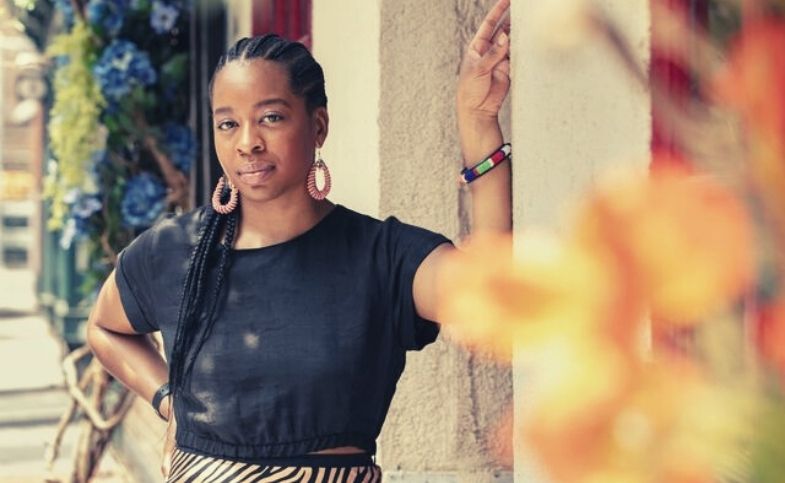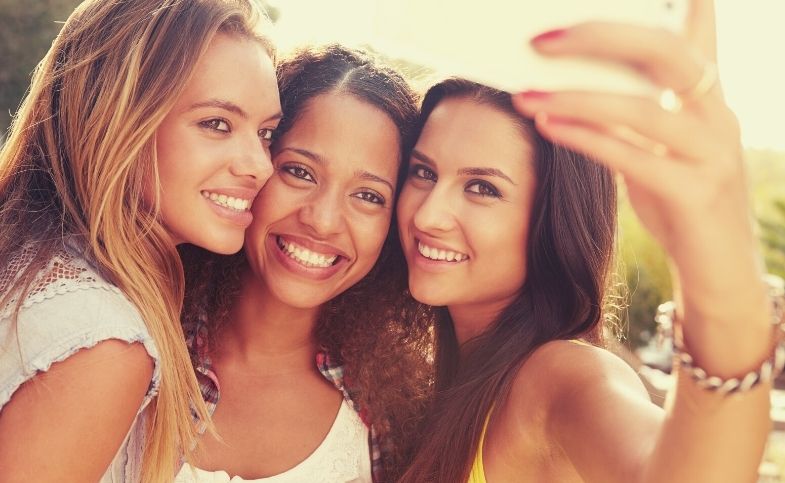The newest face in the front row at New York Fashion Week has deals with Nordstrom and Mejuri and just released her first book. Boobie Billie is the name of this influencer, who walks on all fours and barks.
Boobie, it should be said, is a dog with more than 270,000 Instagram followers. She is part of a new group of people called “petfluencers” whose popularity has led to ads, brand sponsorships, and franchises for things like scarves, bags, and nails.
James Pacitto and Charlie Glassman are in charge of Boobie’s account. They are both creative directors who work full-time for a New York-based global advertising agency. Never before has anyone known who they are. Her style reflects the personal tastes and values of Pacitto and Glassman. She mixes high-end brands like Louis Vuitton, Gucci, and Balenciaga with newer brands like Paloma Wool and Lisa Says Gah.
She cares about workers’ rights and fair pay, so she doesn’t buy from companies whose ethical practices she questions. Pacitto says that Boobie also doesn’t like to promote brands for pets.
“A big part of our strategy is that she’s not a dog. She’s just like any other influencer, except she happens to be a dog. I think that’s why she’s resonated with so many people. She’s just a New York City girl.”
Brand deals are Boobie’s main source of income, making up 80% of revenue. Products and other sales make up the other 20%. Most of her partnerships are one-time things, but if the results are good, they can turn into long-term projects. Meijuri, Frame, and Lisa Says Gah are all examples of this. From $3,000 to $20,000 per campaign is what she charges.
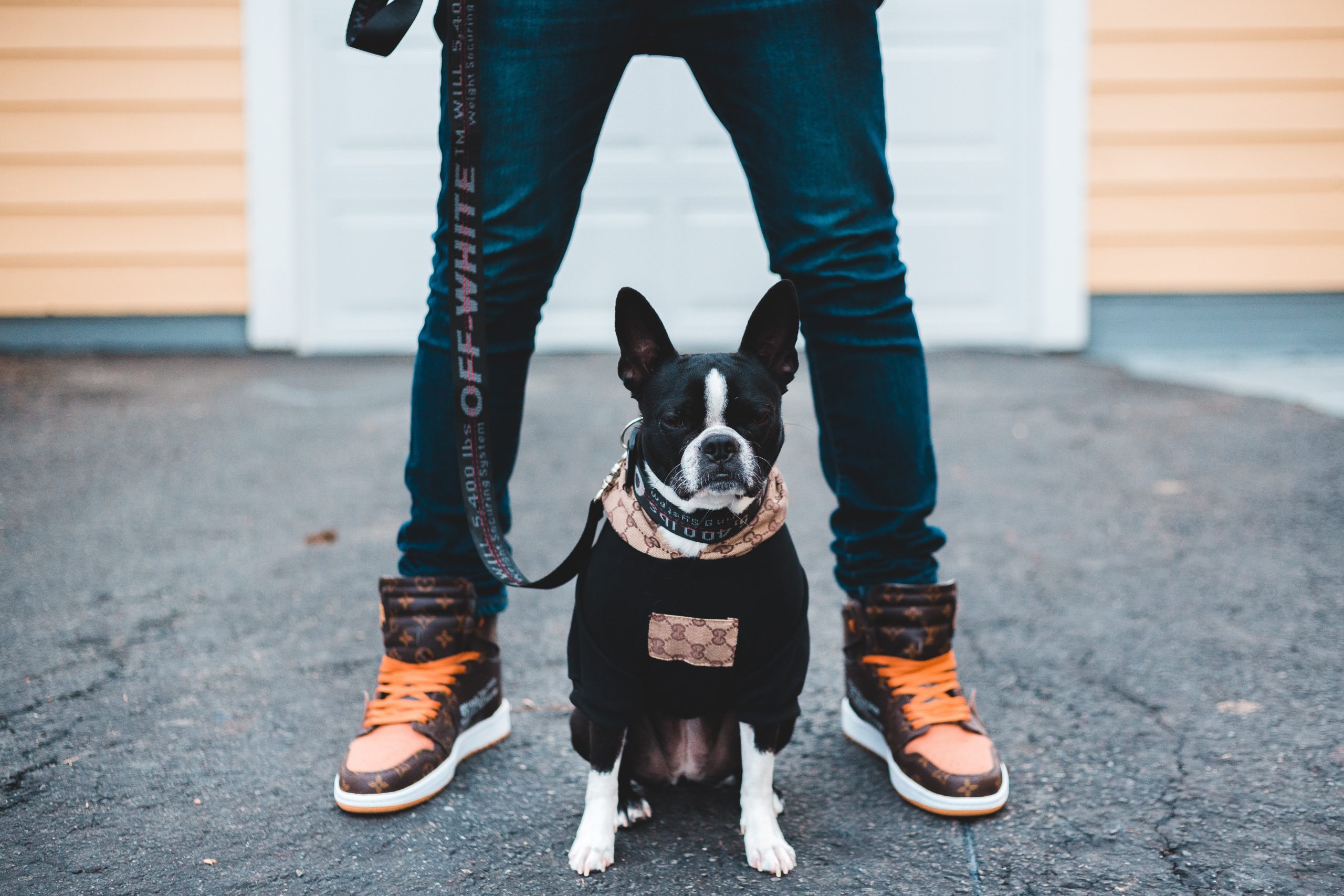
The pet business is booming all over the world. The American Pet Products Association (APPA) says that 70% of US households, or about 90.5 million families from 2019. The Pet Foot Manufacturer’s Association says that there are about 34 million pets in the UK and that since the start of the pandemic, 3.2 million households have added a new pet.
The market is also growing rapidly in Asia. The World Population Review says that in 2019, China had more pet owners than the US for a short time.
This opens up new chances for luxury brands and designers. Smart pet owners who can combine cuteness with clever art direction and a unique point of view have made their cats or dogs into social media stars who can earn as much as some of the most popular human creators. Now, fashion and beauty brands see an opportunity to reach out to highly involved consumers who want to dress their pets in a way that matches their style and values.
Only a few high-end brands, like Aesop and Kiehl’s, have sold pet products in the past. But the market is growing: in March 2021, Ouai, a hair care company, started selling a shampoo for dogs and cats that cost $32. The Hut Group, which owns both Cult Beauty and the beauty store Lookfantastic, added pet care in the middle of 2021.
This year, pet products were made by Gucci, Celine, Tommy Hilfiger, Hugo Boss, and Christian Louboutin. In May, Mytheresa, a German store with many different brands, started selling pets as part of a new lifestyle line. Tiffany Hsu, the vice president of fashion buying at Mytheresa, says that there has been “high demand” for brands like Gucci, Prada, and Moncler, mostly for clothing and collars.
“Customers who are buying luxury items for themselves are also buying into luxury pet pieces, but not necessarily from the same brands.”
- Tiffany Hsu, Mytheresa’s vice president of fashion buying
This week, Mytheresa starts selling Christian Louboutin’s Loubifamily collection, which includes items for dogs.
Brand Campaigns and Deals
Boobie lives in Toronto. He is a rare mix of Italian Greyhound and Chihuahua. Since 2018, her owners have been putting pictures of her on Instagram. Pacitto says that she is just like any other new media mogul today because she has brand sponsorships, a book deal, and her own franchise.
Pacitto and Glassman worked for big companies like Goldman Sachs and Kellogg’s for many years before they decided to build their own community. Emily Weiss’s way of running Glossier, which started as a blog and became one of the first direct-to-consumer beauty unicorns, gave them ideas. “We wanted to create a group of people who liked fashion, had fun, and didn’t take life too seriously. So we decided to make our dog like that,” says Pacitto.
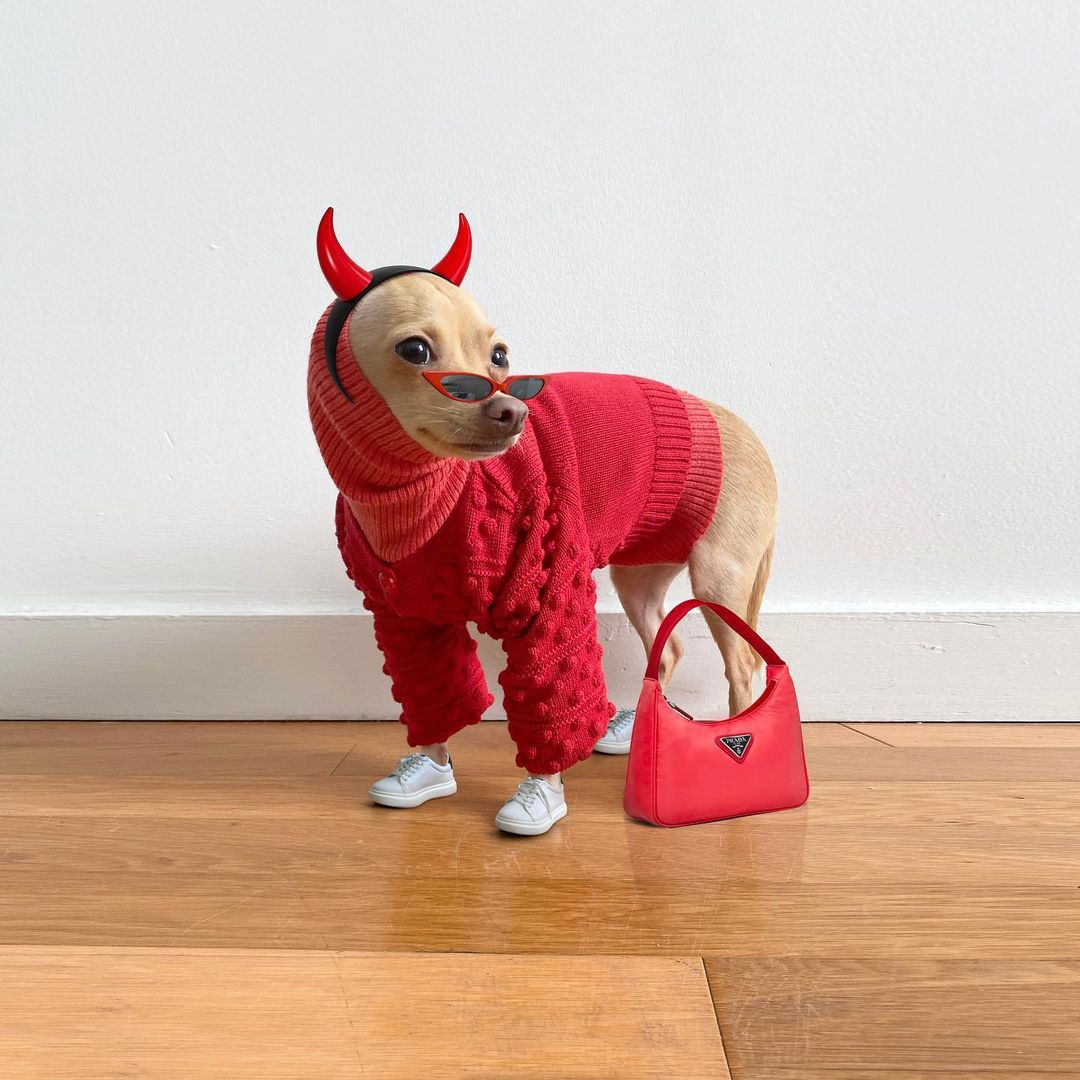
Boobie has a lot of rivals. Tika the Iggy, an 11-year-old Italian greyhound, has been on Instagram since 2016, but it wasn’t until the pandemic in 2020 that she started to get a lot of attention. She has more than 2 million followers on TikTok and over 1 million on Instagram.
She goes to the fashion weeks in New York and Milan often and wears clothes by new designers like Marine Serre and Poppy Lissiman. Drew Barrymore, Heidi Klum, Whoopi Goldberg, Vera Wang, and Simon Porte Jacquemus are among the people who like her.
Thomas Shapiro and his wife are behind her account. Shapiro has been Tika’s full-time manager since March 2021. He takes pictures, films, and styles the clothes.
“Elegant and colorful,” he says of Tika’s style. She is very elegant, but sometimes she can be silly. Rolls Royce, Moschino, Valentino, Fendi, Boss, Zara, and Crocs are some of the brands that work with her.
She has also worked with beauty brands like Lady Gaga’s Haus Labs, Dr. Barbara Sturm, and Drunk Elephant. Shapiro says that brand sponsorships make up about 60% of revenue, while the other 40% comes from selling merchandise, making appearances, and making personalized videos on apps like Cameo.
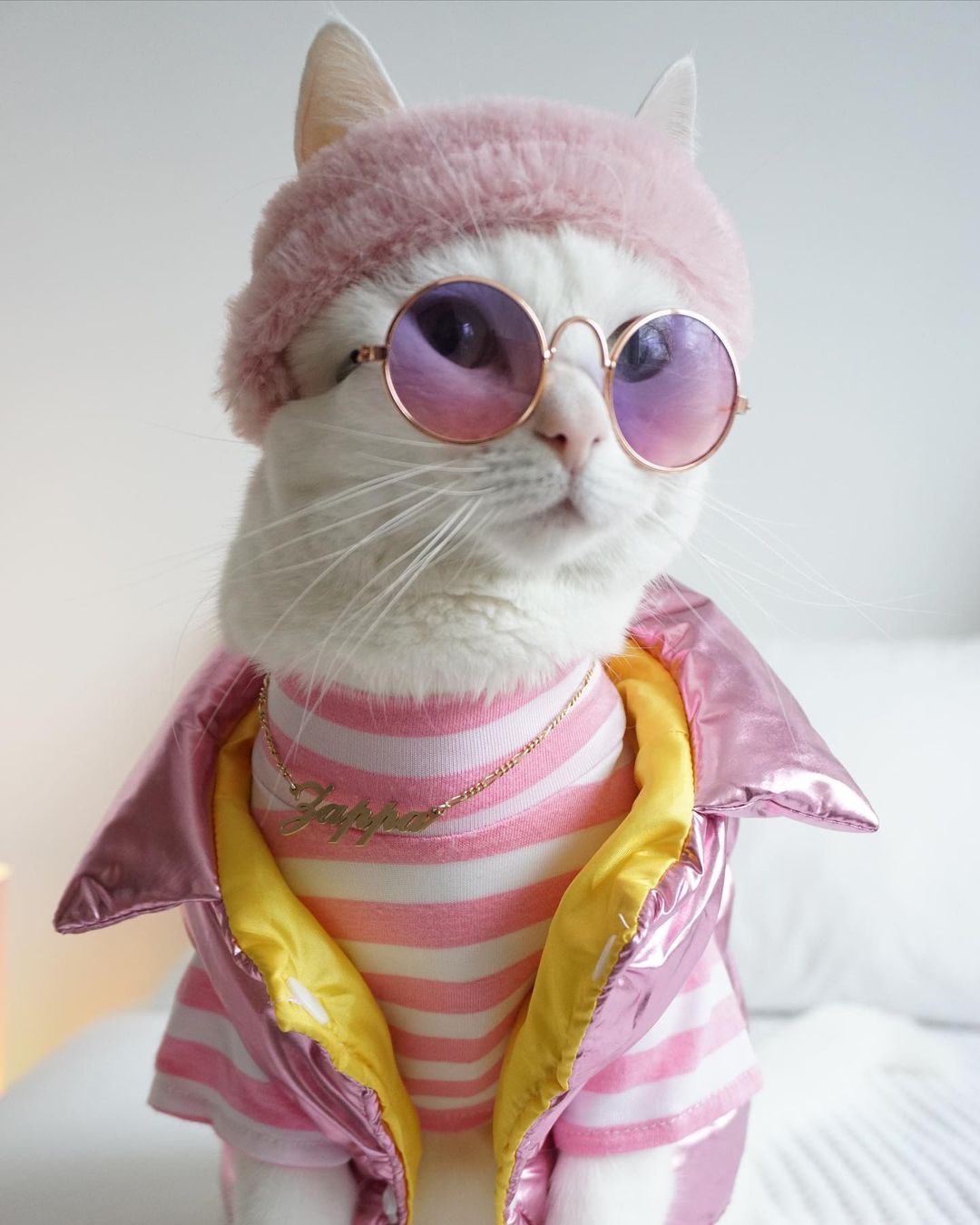
The results are pretty good: Launchmetrics says that Tika has earned a total of $7 million in media impact value (MIV) through 2022. She made $102,000 in MIV for Boss through three paid placements (with an average MIV of $34,000), which helped the brand’s Milan runway.
Cats can also make money. Zappa is a fluffy white cat who lives in Rotterdam, Netherlands. He has over 110,000 Instagram followers and has worked with brands like Nike.
Lana Vermeegen, the store’s owner and a full-time nurse, says that she likes streetwear and wears brands like Supreme, Stone Island, Comme des Garçons, Vetements, and Off-White. In 2015, Vermeegen made Zappa an Instagram account and started dressing her in DIY clothes. For example, she would take the Supreme box logo from a human sweater and sew it onto a pet-sized one. “A lot of ideas come from what’s in style at the moment. “A lot of people like it and a lot of new people are following me because of this,” she says.
Commercial Appeal
As there are more and more petfluencers, a cottage industry is growing to help pets and their owners deal with their newfound power. Loni Edwards is one of these people. Since 2015, she has run the Dog Agency, a talent management company based in the US. The Dog Agency connects people with brands like Valentino, Fendi, Hugo Boss, Dyson, Zara, and Poshmark. “Pets can be sold in every industry. People love their pets, and many of them treat them like their kids. During the pandemic, I think that bond has grown. When brands work with pets, it shows that they both believe in the same things.
Animal content is liked by both people who have pets and those who don’t, says Edwards. She says that many viewers find content about animals to be both fun and relaxing. “You don’t get the same effect when a person is selling something.” She also says that besides making her feel good, they are a low-risk partner. She says that pet influencers with large followings can charge as much as $25,000 to $50,000 per feed post. That’s not even taking into account exclusivity, long-term use, or licensing terms, which can drive prices up even more.
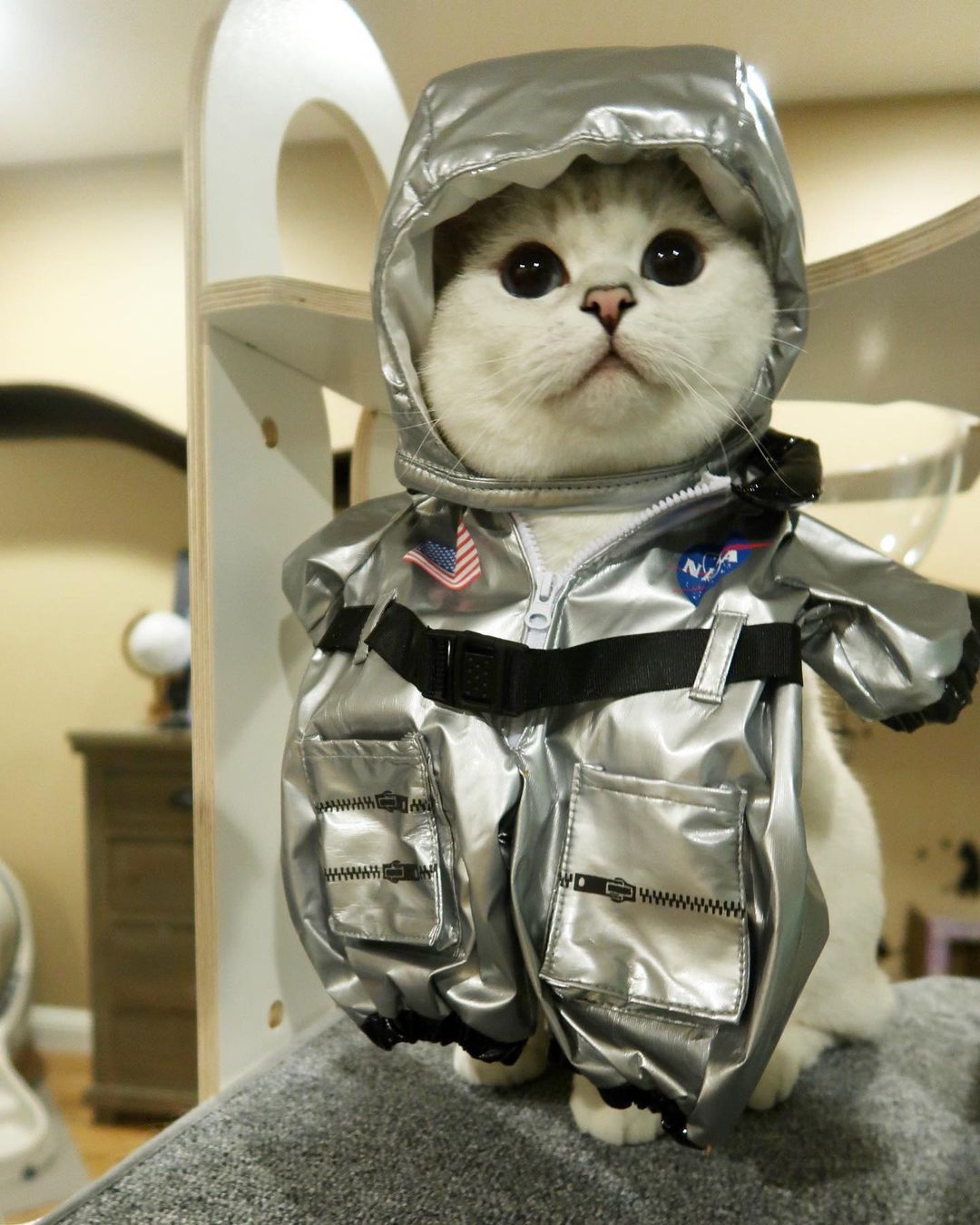
Can you really sell luxury with an animal? Pacitto says that Boobie has shown that she can bring in sales. “You have to use your imagination a bit. Even though you can’t see Boobie’s clothes on a woman’s body, people have told us they love her sweater or glasses.” Affiliate links are one way that money comes in. Boobie was the first animal in Mejuri’s Shine Crew, a group of brand ambassadors who promote the brand online. He says that Boobie “made a lot of money” from that.
Petfluencers have the same problems as creators who aren’t pets. Pacitto says that Boobie’s average engagement is 5%, which is high for the industry but not as high as it was three years ago. As more brands want video content, the market is getting smaller, says Edwards of The Dog Agency, because not all pets are naturally trained to be live on camera.
So, where should we go? For Boobie, it’s about getting off Instagram and doing more than just working with brands. Last week, she put out her first book, which can be bought at Amazon, Barnes & Noble, and other stores. Boobie also sends her subscribers a weekly report in which she decides what is “gorgeous” and what isn’t. It will be important to build on these content brands.
Edwards says that building community is important. “You can really take that anywhere once you have a group of people who are interested in what you have to say and trust you.”








